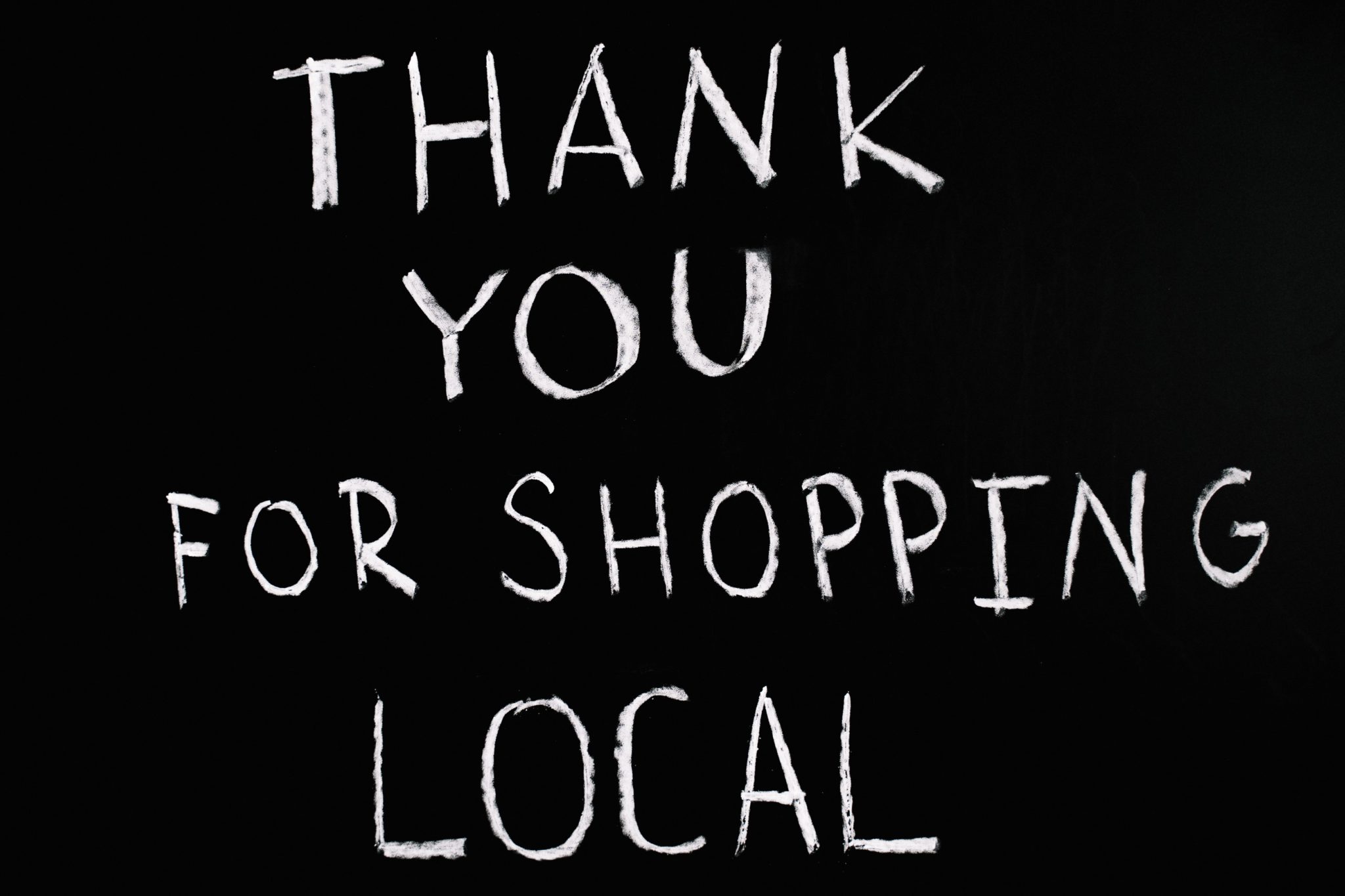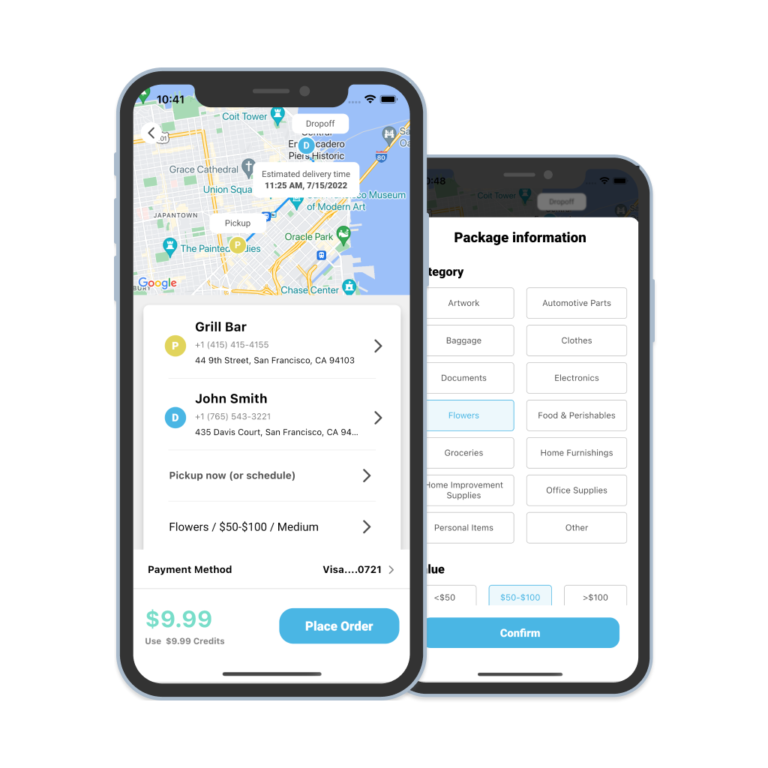Photo by Anna Tarazevich from Pexels
There’s no questioning the toll that COVID-19’s taken on the world. In human lives, financial security, general physical and mental well-being. Google search “COVID” and you’ll find an endless stream of information – troubling data, grim projections, pleas from public health officials to follow CDC guidelines and recommendations. Multiply that by 100 with the holidays approaching.
Still, humanity is resilient. We can’t downplay the catastrophic impact of the coronavirus, but we can band together and look toward a better tomorrow. We are an adaptable species, even though our worst days beg to differ. And with this adaptability comes a proclivity for weathering the storm.
Particularly in the United States, there’s much evidence to support that we haven’t weathered this storm very well. However, in grasping for that half-full glass, there are a few trends worth noting. Trends we can carry with us into the future.
For instance, lots of people (and their respective employers) are starting to accept that working from home might not be that bad. I’m not saying the watercooler environment isn’t missed, but who would’ve thought that intelligent and capable human beings don’t necessarily need the 8-5 workday in order to be productive? Hmm…
Then there’s the service industry. Small businesses have been some of the hardest hit establishments by COVID-19. Local restaurants have navigated change after change after change. You need to stay closed. You can open, but only at X% capacity. Nope, sorry, you need to close again. Alright, now you can open.
Across social media, “Support Local” hasn’t just been a hashtag or afterthought in user’s posts. It’s become an ideology, a methodology. A way, in fact, of performing a sort of civic duty in trying times. Infusing local businesses and the local economy with life – that’s been because of you. Because of us.
Together, supporting local stores and their business owners has transcended the greedy fingers of desperation and woe. Your favorite local restaurant appreciates it.
Now, let’s normalize the idea.
Supporting Local Pre-COVID
It’s not that supporting one’s favorite local business wasn’t a thing prior to COVID-19’s emergence. We treat our favorite spots like our favorite sports teams. Fandom. We are fans of either what these places sell, how they sell, who is doing the selling, or D: All of the above.
There’s also something to be said about our widespread societal appreciation for the “underdog.” Like it or not, small business owners often represent the underdog. Their creations vie for the attention and affection of the general public. Many succeed. Many fail. What’s that sentiment that business-savvy film characters love to utter in the movies?
It’s just business.
Maybe it is. And as a society, we’ve been trending toward conscientious consumerism for quite some time.
In relation to local restaurants, let’s consider third-party delivery apps. They might not be going away anytime soon, but that doesn’t mean consumers don’t care about the who and how when ordering. Far from it.
Millennials and Gen Z share the burden of lambasted reputations, but here’s the honest truth – together, they are some of the most proactive and conscientious consumers alive. They smell deceit from a mile away and, Gen Z especially, are using technology more than anyone else. This is good thing, lending credence to the idea that we can normalize supporting local. Not just as an idea, but as a movement.
A common stereotype of Gen Z is that they expect too much from brands and companies. In reality, they’re just strong-willed, socially-minded consumers. They won’t support something they don’t believe in, which means that as far as third-party apps are concerned, the veil is lifting.
Back in February, Forbes reported that online food ordering apps can charge up to a 91% markup on orders. Hard to believe? Consider all of the fees. There’s the standard food order and tax, coupled with dubious service and delivery fees (and that’s before doing the right thing and tipping a driver). Soon enough, customers find themselves paying $15-20 more for a meal than they would in-person.
Popular food website Eater detailed the story of a Chicago-based restaurant owner’s viral Facebook post, which served as a tell-all of his monthly Grubhub earnings. There’s no need to dive into the numbers – they speak for themselves. The restaurant recorded 46 prepaid orders in the month of March, totaling $1042.63. After commission, delivery commission, processing fees, order adjustments, and a category titled “promotions,” Grubhub paid out $376.54. That’s 36% of the net profit.
The virality of this post is a testament to consumer culture. People do care what they’re buying and where they’re buying it from. So again, let’s normalize what’s already happening. When the day comes where we can safely return to a lifestyle even remotely indicative of the world pre-COVID, let’s make sure that supporting local stays with us.
How You Can Help
Local businesses have redefined strength in a pandemic world. Business owners had to follow creative ways of thinking when it came to surviving in early spring, and that hasn’t stopped. Traditional brick-and-mortar restaurants and other stores continue to turn toward the power of social media and our vast digital landscape. Online stores are more abundant than oxygen. Some businesses have evaluated their offerings and channeled them into special services. Can’t dine-in? That’s okay…take this meal kit and create a restaurant’s best dish with your family in the sanctity of your own home.
Want to help these businesses? Please do. When it comes to local restaurants, order takeout and grab your gift cards. Post friendly reviews on Yelp and Google. Give the restaurant a shoutout on social media. Right now, anything is everything and everything is anything
Looking for more ways to help? Check out some of our #supportlocal resources!






Hi my loved one I wish to say that this post is amazing nice written and include approximately all vital infos Id like to peer more posts like this
Your blog is a testament to your dedication to your craft. Your commitment to excellence is evident in every aspect of your writing. Thank you for being such a positive influence in the online community.
I simply could not go away your web site prior to suggesting that I really enjoyed the standard info a person supply on your guests Is going to be back incessantly to investigate crosscheck new posts
SK증권 강재현 연구원은 “최근 유럽도 아시아 증시에서도 정치 문제가 최대 리스크로 부상 중”이라며 “이와 같은 메이저사이트 문제로 금리가 내려간다면 해당 지역 외 국가에서도 마냥 반갑지만은 않을 것이다
The {song|tune|track|music} was recertified {by the|from the|through the|with the|because of the|via the} RIA 토지노 솔루션 A 8X Platinum
helloI really like your writing so a lot share we keep up a correspondence extra approximately your post on AOL I need an expert in this house to unravel my problem May be that is you Taking a look ahead to see you
I loved as much as you will receive carried out right here The sketch is attractive your authored material stylish nonetheless you command get got an impatience over that you wish be delivering the following unwell unquestionably come more formerly again since exactly the same nearly a lot often inside case you shield this hike
Naturally, I like your website, but you ought to edit a couple of your writings. Since many of them have grave spelling errors, it is hard for me to be honest about them. Still, I will most certainly be back.
I just could not depart your web site prior to suggesting that I really loved the usual info an individual supply in your visitors Is gonna be back regularly to check up on new posts
I share your level of appreciation for the work you have produced. The visual you have displayed is tasteful, and the content you have written is stylish. However, you seem to be uneasy about the possibility of delivering something that may be viewed as dubious in the near future. I agree that you will be able to address this concern in a timely manner.
What a fantastic resource! The articles are meticulously crafted, offering a perfect balance of depth and accessibility. I always walk away having gained new understanding. My sincere appreciation to the team behind this outstanding website.
I don’t think the title of your article matches the content lol. Just kidding, mainly because I had some doubts after reading the article.
This gateway is incredible. The splendid substance displays the administrator’s commitment. I’m overwhelmed and envision more such astonishing material.
Your article helped me a lot, is there any more related content? Thanks! https://accounts.binance.com/zh-TC/register-person?ref=W0BCQMF1
There is a lot of knowledge on this subject that has to be discovered. Each and every one of the points you raised is expertly described. I’m glad you shared the article because every single quote was excellent. Continue inspiring those around you and sharing.
Your article helped me a lot, is there any more related content? Thanks!